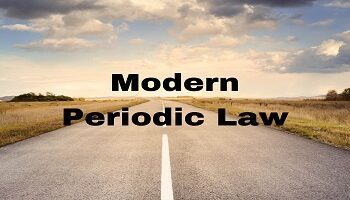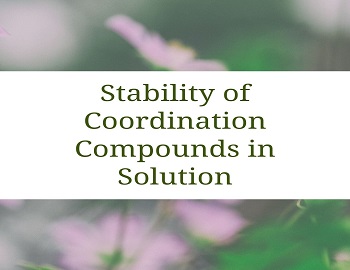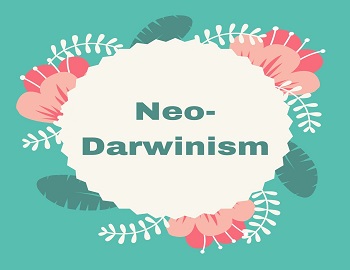Table of Contents
Process of Linkage in Genetics:
Discovery of Linkage:
The process of linkage was first of all discovered by Bateson and Punnet in 1906 in sweet pea (Lathyrus odoratus) but the process was further described by Thomas Hunt Morgan in 1910. He studied the phenomenon in a fruit fly Drosophila Melanogaster.
What is Linkage?
The potential power of genes or the tendency of genes on chromosomes to stay together even after crossing over or heredity transmission is called linkage. The phenomenon of the process of linkage further demonstrates that why in fruit fly red-eye and grey-body colour occur in the same individuals. The reason is that the genes of red-eye colour and grey-body colour lie in the same chromosome and, therefore, go together in the gamete and the next generation.
Chromosome Theory of Linkage:
It was put forward by Morgan and Castle (1911). The main features of theory are-
- The genes lie in linear order in the chromosome.
- The distance between the linked genes determines the strength of linkage. The genes which are closely located show strong linkage than the widely placed genes that show weak linkage.
- The genes that show the phenomenon of linkage are situated in the same chromosome.
- The linked genes tend to maintain their original combination during the course of inheritance.
Types of Linkage:
There are two types of linkage, complete and incomplete (Morgan, 1919)-
- Complete Linkage- The genes closely located in the chromosome show complete linkage as they have no chance of separating by crossing over and are always transmitted together to the same gamete and the same offspring. Complete linkage is rare but has been reported in certain cases like male Drosophila.
- Incomplete Linkage- The genes distantly located in the chromosome show incomplete linkage because they have a chance of separation by crossing over and of going into different gametes and offspring. It produces both parental and recombinant individuals. The percentage of each parental type is more than 25% while that of each recombinant type is less than 25% i.e. parental types are more than 50% of the population while recombinant types are less than 50%.
Types of Genes which shows Linkage:
- Linked Genes- The genes which are present on the same chromosome are called linked genes.
- Unlinked Genes- These genes are present on another chromosome of the same pair and these are unable to show linkage but however, during mutation some genes are deleted and are set close to linked genes.
Factors Affecting Linkage:
- Temperature- With an increase in temperature, the process of crossing over increases and hence strength of linkage decreases.
- X-ray- On exposure to x-rays and radiations the chiasmata formation increases which inter increases the rate of crossing over and hence decreases the strength of linkage.
- Age- With an increase in age, the process of crossing over decreases and hence the strength of linkage increases.
- Sex- The sex having heteromorphic chromosomes has stronger linkage groups as compared to the other sex. For Example- Male Drosophila.
Linkage Group:
It refers to the total number of genes present on the chromosomes. It may also be defined as the haploid number of chromosomes in a particular species. Large chromosome forms large linkage group whereas small chromosome forms small linkage group. For example- In a human male X chromosome of the 23rd pair has 102 genes so it forms a large linkage group whereas the Y chromosome has only 10 genes hence it forms a small linkage group. The linkage group of certain animals and plants are-
- Man has 46 chromosomes and its linkage group is 23.
- Drosophila has 8 chromosomes and its linkage group is 4.
- Pea Plant has 14 chromosomes and its linkage group is 7.
- Dog and fowl have 78 chromosomes and their linkage group is39.
Importance of Linkage:
- Linkage tends to link the genes together and hence maintain the traits (characters) in next generations.
- The process of linkage is utilized for maintaining the purity of generations.
- The linked genes are utilized by plant and animal breeders for studying the genome or genetic materials.
Contribution of T.H. Morgan in Genetics:
- Morgan carried out several dihybrid crosses in Drosophila and observed that the two genes did not segregate independently of each other and the F2 ratio deviated significantly from the 9 : 3 : 3 : 1.
- Morgan and his group observed that genes were located on the X-chromosome and found the physical association or linkage of genes. He coined the term linkage and recombination to describe the generation of non-parental gene combinations.
- Morgan and his group also found that even when genes were grouped on the same chromosome, some genes were very tightly linked (showed very low recombination) while others were loosely linked (show higher recombination).









Comments (No)